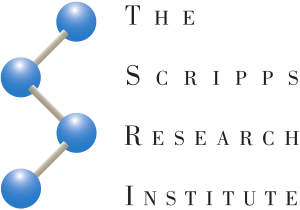NEWS
Dive deeper into the world of compounds and reagents in our news and blog posts.
June 14, 2023
2,4,6-trichlorobenzoyl chloride (TCBCl), also known as Yamaguchi reagent (Figure 1) is a reagent that is employed in an esterification process devised by Masaru Yamaguchi et al. in 1979 and is also effective ...
April 20, 2023
μ-Chloro[di(cyclopenta-2,4-dien-1-yl)]dimethyl(μ-methylene)titaniumaluminum (Tebbe reagent, Figure 1) is an organometallic reagent used to methylenation of carbonyl compounds. The main advantage of the Tebbe reagent over the ...
March 22, 2023
Dimethyl(1-diazomethyl)phosphonate (Seyferth–Gilbert reagent, Figure 1) is a homologation reagent used to convert aryl ketones and some aldehydes into alkynes elongated by one carbon atom coming from the reagent ...
January 2, 2023
Many synthetic applications use acidic catalysis, but having an extra compound in solution to serve as a catalyst, such as TsOH or CSA (para-toluenesulfonic acid or camphor-10-sulfonic acid), can ...
November 30, 2022
Trifluormehylation is an effective technique to increase drug candidate solubility and lipophilicity, and so strategies for adding the CF3 group are being investigated. The Langlois reagent (sodium trifluormethylsulfinate) is a ...
October 13, 2022
Reagents derived from p-quinone such as 2,3-dichloro-5,6-dicyanobenzoquinone (DDQ) or p-chloranil are used in a wide range of applications in organic synthesis as quantitative oxidants, however, numerous quinone catalysed transformations ...
March 7, 2022
Amide bond formation is one the most widely occurring reactions in organic chemistry as well as in drug development. There are numerous ways to synthesize amides. However, their general principle ...

Partners & distributors













